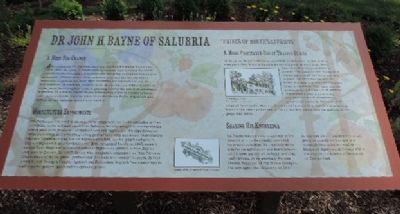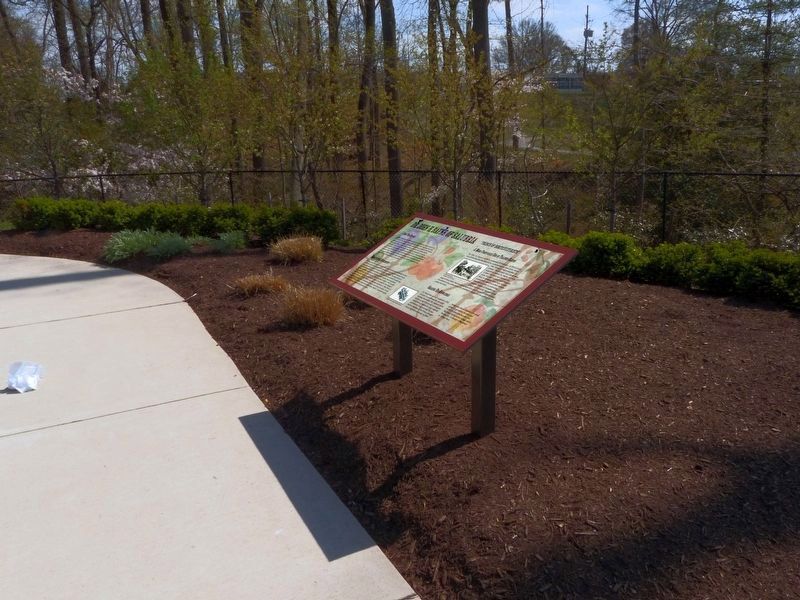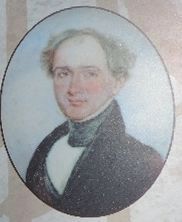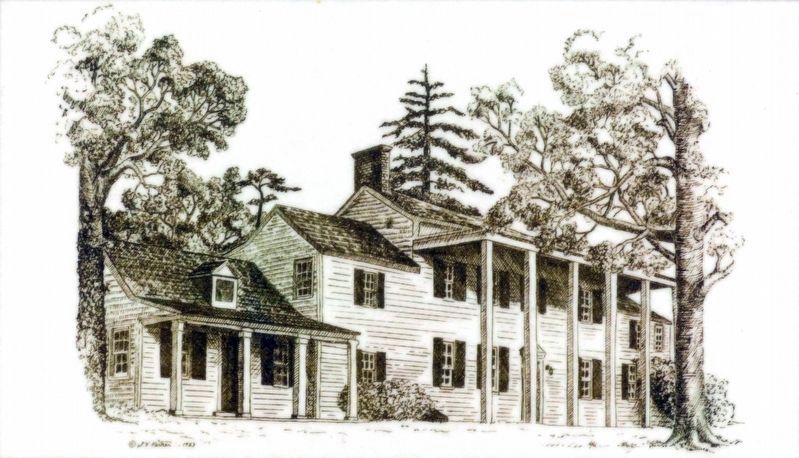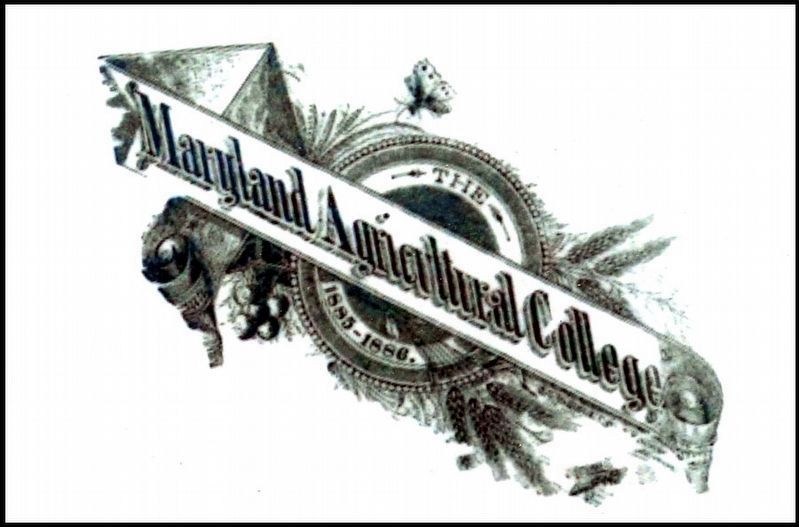National Harbor in Fort Washington in Prince George's County, Maryland — The American Northeast (Mid-Atlantic)
Dr. John H. Bayne of Salubria “Prince of Horticulture”
Inscription.
A Need For Change
After acquiring the Salubria land and building his manor house here in 1830, Dr. John H. Bayne quickly realized that devoting the entire property to the cultivation of tobacco was not going to produce the income he needed. Tobacco was a labor intensive crop, and the African slaves necessary to provide the labor were becoming too expensive to acquire and maintain. In addition, tobacco could be planted in a field only once in three years. More frequent tobacco planting robbed the soil of its necessary nutrients. As a result, Bayne began formulating plans to replace tobacco with more profitable and less labor-intensive crops – fruits, vegetables and flowers for the national capital area market.
Horticulture Experiments
Dr. Bayne saw the need to develop these crops with particular attention to their suitability to the soil and weather at Salubria. He also sought to develop strains which were early producers of choice fruits and vegetables. His experiments in cross pollination and selective grafting proved to be very successful in producing excellent strawberries as well as superior peaches, apples, pears and grapes. Bayne’s reputation as a horticulturist, first recognized locally in 1843, quickly spread from Maryland in the mid-Atlantic region and onward to New England and even to Europe. By 1847, Bayne was commonly addressed as “The Prince of Horticulturists” in the press, professional journals and among his peers. In that year’s Prince George’s County Agricultural Exhibition, Bayne’s ‘mammoth apples and superior grapes’ garnered exceptional praise.
A More Profitable Use of Trained Slaves
By 1852, Dr. Bayne’s orchards contained 15,000 trees – 8,000 of them were producing peaches suitable for consumption as table fruit, rather than limited to the production of brandy. The Salubria field slaves were apparently trained by Bayne not only to plant the trees and harvest the crops, but also to prune and maintain them to maximize their early harvest productivity. Salubria’s field workers also played a part in producing superior strains of strawberries, grapes and potatoes. Because of the scope of these tasks, Baynes’s slaves must have participated in implementing his selective cross pollination of the strawberry plants and the grafting of the grape vine stock.
Sharing His Knowledge
Dr. Bayne was an early supporter of the concept of a professionally educated farming community. He regularly wrote articles on agriculture and horticulture which were published in local, regional and national trade journals. He was elected President of the Prince George’s County Agricultural Society in 1849.
Bayne was also a member of a small group of prominent farmers and horticulturalists who founded the Maryland Agricultural College which became the University of Maryland at College Park.
Erected 2014 by Tanger Outlets: Experience Salubria.
Topics. This historical marker is listed in these topic lists: African Americans •
Agriculture • Horticulture & Forestry • Industry & Commerce. A significant historical year for this entry is 1830.
Location. 38° 47.569′ N, 77° 0.191′ W. Marker is in Fort Washington, Maryland, in Prince George's County. It is in the National Harbor. Marker can be reached from Oxon Hill Road (Maryland Route 414) south of Tanger Boulevard. Marker panel is among several in the Salubria Memorial Garden - between the southwest corner of the Tanger Outlet Mall and Oxon Hill Road. Touch for map. Marker is at or near this postal address: 6800 Oxon Hill Road, Oxon Hill MD 20745, United States of America. Touch for directions.
Other nearby markers. At least 8 other markers are within walking distance of this marker. Emancipation in Maryland (here, next to this marker); Dr. John H. Bayne: A Leader In His Community (a few steps from this marker); Slavery in the Potomac Valley (within shouting distance of this marker); Judah and Resistance (within shouting distance of this marker); Salubria Changed the Future of the Potomac Valley (within shouting distance of this marker); Front Door to Maryland History (about 400 feet away, measured in a direct line); John Hanson (approx. 0.2 miles away); Welcome to Salubria (approx. ¼ mile away). Touch for a list and map of all markers in Fort Washington.
Also see . . . "John H. Bayne of Salubria, Prince George's County". - Slave-owner and Abolitionist, Horticulturist and Physician, Politician and Citizen - Scientist. (Submitted on July 16, 2014, by Richard E. Miller of Oxon Hill, Maryland.)
Credits. This page was last revised on March 3, 2023. It was originally submitted on July 16, 2014, by Richard E. Miller of Oxon Hill, Maryland. This page has been viewed 709 times since then and 21 times this year. Photos: 1. submitted on July 16, 2014, by Richard E. Miller of Oxon Hill, Maryland. 2. submitted on May 10, 2018, by Allen C. Browne of Silver Spring, Maryland. 3. submitted on July 18, 2014, by Richard E. Miller of Oxon Hill, Maryland. 4, 5. submitted on May 10, 2018, by Allen C. Browne of Silver Spring, Maryland. • Bill Pfingsten was the editor who published this page.
